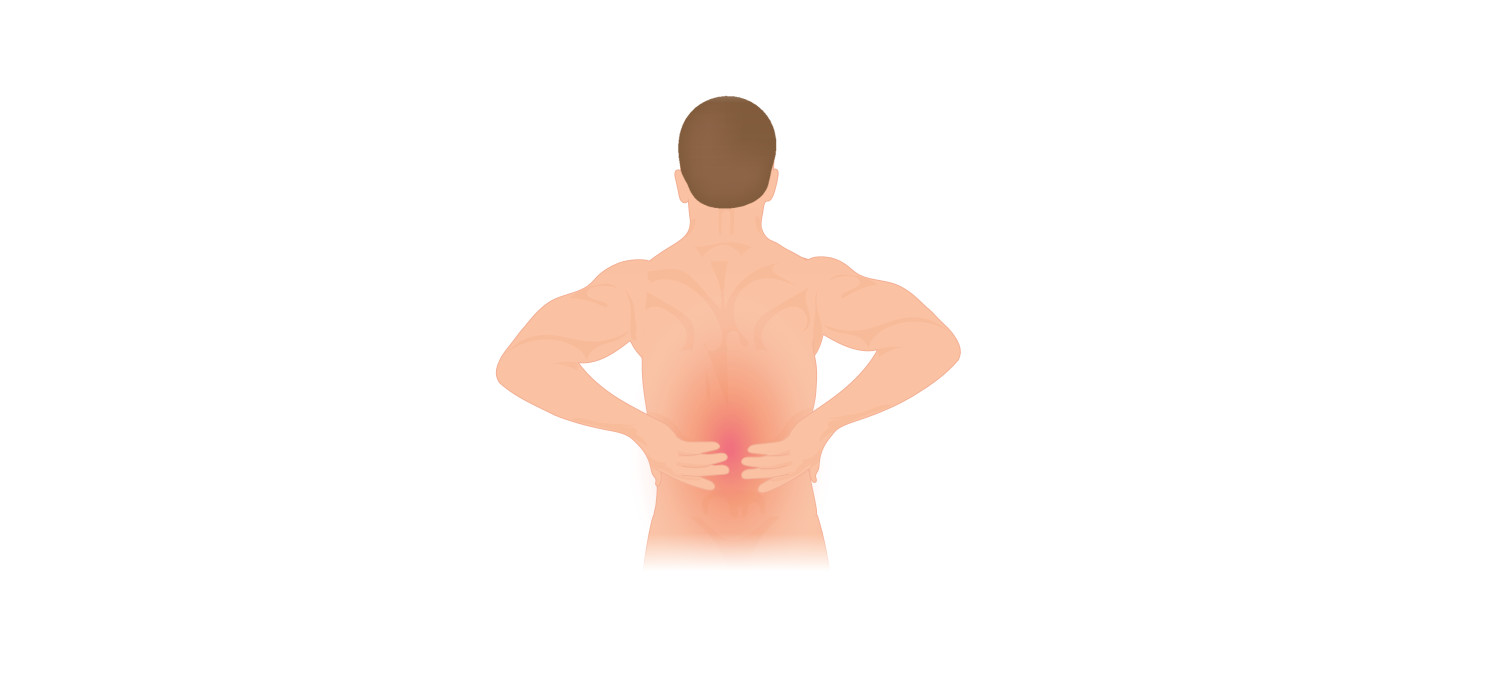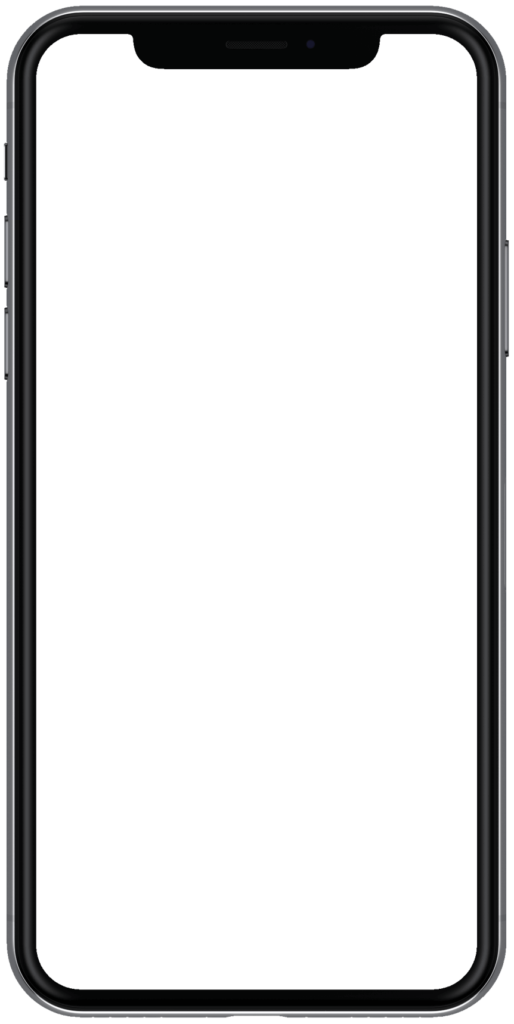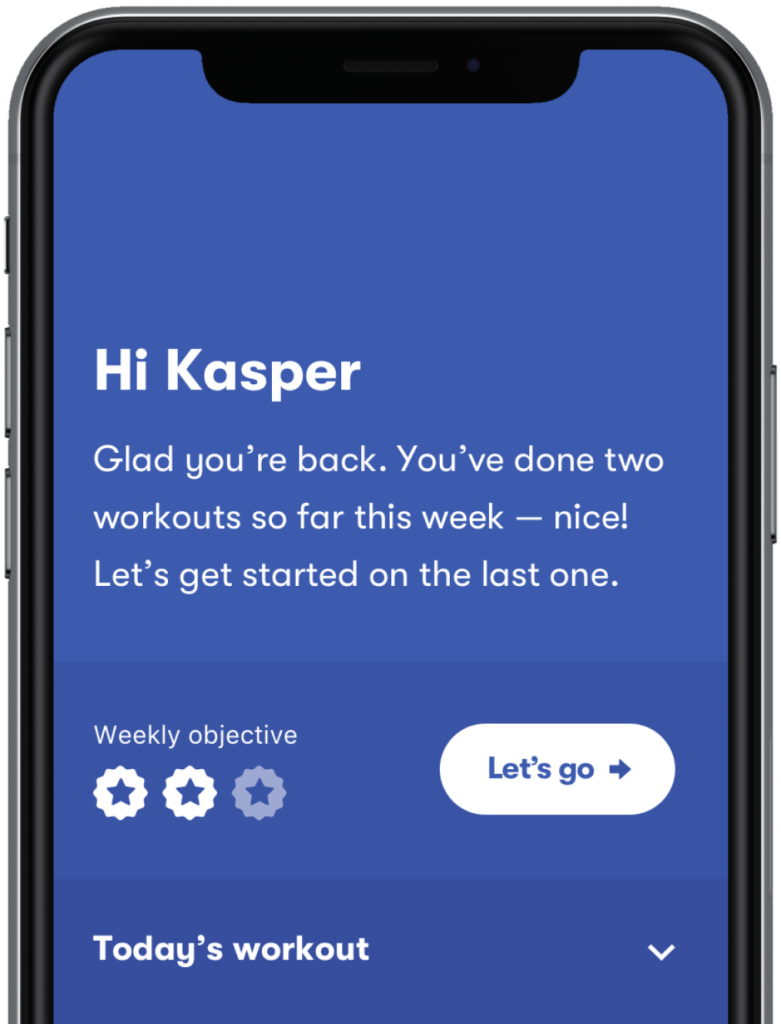You’ve thrown out your back. It’s painful. It’s limiting what you can do. Great. Now what?
Lifting heavy boxes or simply twisting the wrong way can cause sudden, sharp, and intense pain in the lower back. And this pain may last for weeks or even months at a time. It’s the number one reason that individuals miss work.
If you’ve thrown out your back – whether it’s a mild or a more intense pain – you may be after an easy route to pain relief. While pain relief is entirely attainable, it may come down to the cause of your back pain as to what exactly fully relieves your back pain dilemma. Back pain can happen due to a variety of reasons, which we’ll explore in more detail below. If the pain is severe, we recommend seeking out the advice of your healthcare provider. They may be able to offer treatment more specific to your unique situation, as they know you and your health history the best,.
Content
- Why Do I Have Back Pain?
- Cause #1: You pulled a muscle
- Cause #2: You have a ruptured or herniated disc
- Cause #3: You Might Have Osteoarthritis
- Prevention
- What Else Should You Do?
- Start Your Road Toward Recovery Today!
Why Do I Have Back Pain?
The back and spine is a complicated structure with 33 vertebrae and 23 intervertebral discs, as well as multiple attachment points for muscles, ligaments, and tendons. Damage or problems with any of these structures may lead to lower back pain. So, what’s likely the cause of your back pain? Let’s take a look!
Cause #1: You pulled a muscle
If your back pain began when lifting a heavy object, you might have pulled a muscle. As mentioned, there are many muscles and tissues that you can accidentally pull in the back. There’s the back extensors, which are a common muscle group to pull. Usually, this muscle group helps you extend your back. Yet, if you lack flexibility, it can be an easy one to strain. The obliques or quadratus lumbar muscles in the sides and bottom of your low back are other muscles that are easy to pull – especially if they are weak.
A pulled muscle, also known as a strain, happens when the tissue is pulled past its limits. This can occur in the ligament and tendon tissue as well. Other than lifting heavy objects, a strain may arise from repetitive movements or a direct blow. Maybe you spent the day moving heavy boxes from a neighbours garage. The next day, you notice a twinge in your low back. Or perhaps you overworked it at the gym. You raised your weights or something didn’t feel quite right when you were performing that deadlift.
What should you do?
-
If you have intense pain that radiates down the legs, or the pain is a result from a direct blow or a fall, book an appointment with your doctor.
-
Rest for 24-48 hours. This doesn’t mean you should just lie in bed. Instead, avoid movements that may aggravate your back. Move, but do so lightly and cautiously.
-
If it helps, apply ice for 15-20 minutes at a time. Make sure you place a cloth between the ice pack and your skin. Wait about 45 minutes between ice applications. Aim to ice the affected area about 3-4 times over the first couple of days. If preferred, you may use heat for pain relief instead. This often comes down to an individual preference.
-
Consider over-the-counter pain relievers, such as ibuprofen, naproxen, acetaminophen, or aspirin. Follow the directions on the label, and limit your usage after 10 days. Long-term use of these medications may cause gastrointestinal issues and other adverse health effects.
-
Sleep on your side with your pillow between your knees. Many individuals with back pain find this to be the most comfortable. However, don’t force it if it doesn’t feel right.
-
Eventually, start using gentle stretches and core exercises to prevent future back pain incidences.
Typically, a strain fully heals within 4-6 weeks. Yet, this may vary from person to person
Cause #2: You have a ruptured or herniated disc
The spine is made up of 33 vertebrae. The intervertebral discs between the vertebrae make it easy for you to move and flex, extend, or twist your torso. They also act as shock absorbers for the spine.
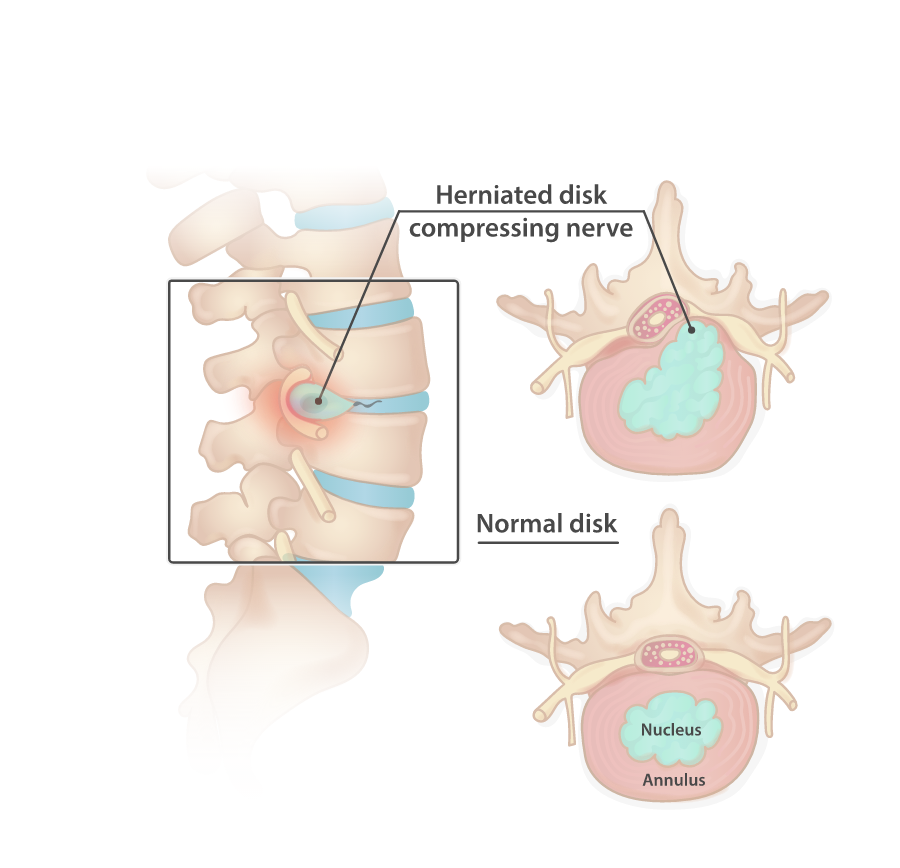
However, as you age, these discs naturally lose their hydration. They become worn down. This may result in a ruptured or herniated disc. This ruptured or herniated disc slips out from its place in between the vertebrae. Consequently, it may press on the spinal cord. The spinal cord contains various nerves. When these nerves become compressed, pain may result.
What should you do?
-
Similar to a pulled muscle, apply ice or heat to the affected area – especially during the first 24-48 hours. The same goes for rest. Take it easy the first few days, but don’t limit yourself to your bed. A little bit of movement is better than none. Walk. Try simple stretches.
-
Consult with your doctor or better yet, a physical therapist. Your doctor may even recommend you see a physical therapist to determine strategies to deal with your chronic back pain. Your physical therapist will recommend exercises for you to help relieve the pain, as well as perform certain techniques to help you heal.
Cause #3: You Might Have Osteoarthritis.
Arthritis and disc issues are more common in older individuals. And osteoarthritis is the type of arthritis that typically affects the facet joints in the spine. Unsurprisingly, the spine takes a lot of stress over the course of your lifetime. As a result, the joints and discs become worn down. However, if it is osteoarthritis, pain may arise as a more gradual occurrence as opposed to a sudden event.
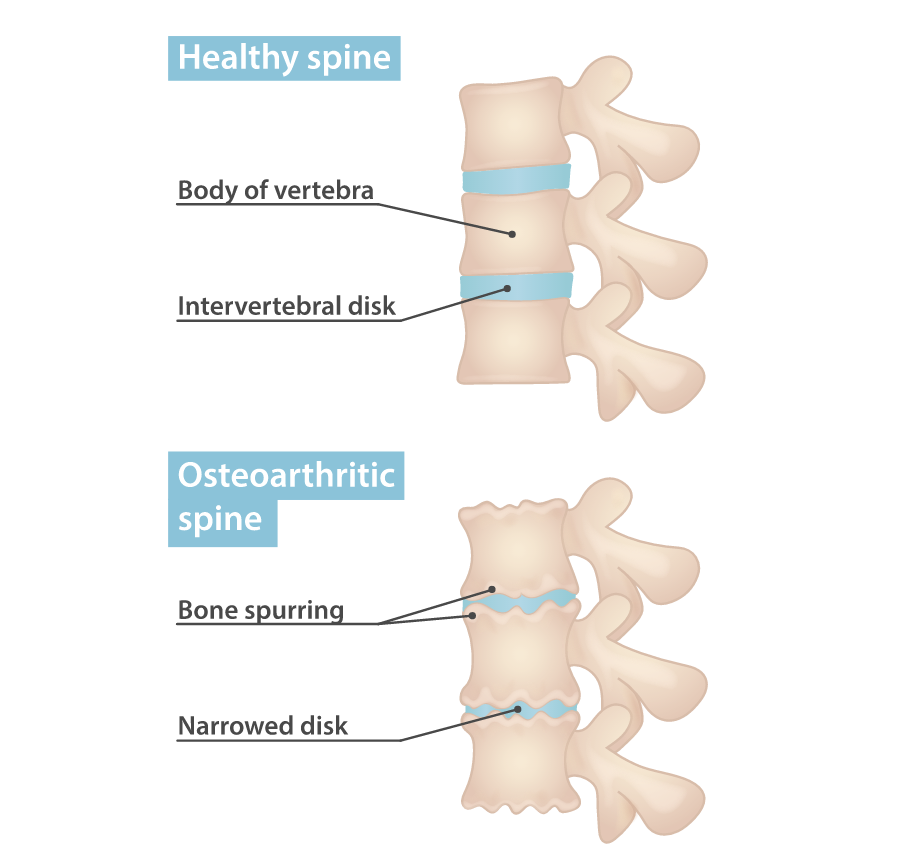
In some cases, spinal stenosis may result from arthritis in the spine. This is a condition where the spinal canal narrows, compressing nerves and causing pain.
What should you do?
-
If you suspect arthritis, it’s a good idea to get a proper diagnosis from your doctor. They may perform various tests and imaging to determine the cause of your back pain.
-
Again, ice and heat may relieve pain, especially if you’ve had a sudden flare-up.
-
Movement is usually encouraged in osteoarthritis patients. But if a flare-up is occurring, limit or avoid movements that aggravate the pain. As aforementioned, being immobile in bed is not recommended.
-
Your doctor may refer you to a physical therapist. Your physical therapist will determine an appropriate exercise rehab program for you that will help you alleviate and combat the pain caused by arthritis.
Skeletal irregularities, such as a curved spine, or osteoporosis are other less common causes of back pain. Similar to osteoarthritis, it’s more likely these will have a gradual onset as opposed to a sudden cause. Although, in the case of osteoporosis, a fracture may occur in the lower spine suddenly causing pain.
Prevention
Some causes of back pain involve a long-term game plan. In these cases and even once you’ve recovered from a single bout of back pain, prevention should be at the top of your list. Were you lifting the object wrong? You may need to learn proper lifting techniques. Was it because of a muscle imbalance? Your physical therapist may prescribe strengthening exercises to correct this dysfunction and weakness.
In terms of exercises, the following movements may be prescribed as part of your back pain rehabilitation program.
How to:
- Lie on your back and place a towel over the toes of one of your feet.
- Stretch the leg until it is fully extended.
- Grabbing the towel on either end, use your arms to pull the towel towards you, so that your foot is pulled towards the opposite shoulder.
- Hold the stretch for 30 seconds and perform 3 repetitions with each leg.
How to:
- Lie on your hands and knees.
- Curb your back then slowly sway it the other way.
- Move slowly so that the full movement takes between 2 and 4 seconds.
- The entire series represents one repetition.
- Perform 10 repetitions without pausing.
How to:
- Lie on your stomach.
- Lift your upper body up with your arms so your back sways backward.
- Relax the abdominal and back muscles.
- Hold the position for 10 seconds and then return to the starting position.
- Perform 5 repetitions.
How to:
- Lie on your back with bent knees and your feet placed flat on the floor.
- Place your hands on your lower back and press it down towards the floor by sucking in your belly and flexing your abdominal muscles.
- Lift your feet slightly up from the floor and hold the position for 2-4 seconds and then lower them again.
- Make sure that your hands do not lose contact with your lower back.
- Perform 5 repetitions.
Other examples of exercises include further strengthening the core or other noted muscle weaknesses. A weak core, in particular, can become problematic by forcing other muscles to compensate. This may result in a strain in the low back.
You may also encounter exercises, such as:
- Warmup
- Lying Back Stretch
- Standing Hamstring Stretch
- Lying Glute Stretch
- Stability Exercise on Knees I
- Seated Body Twist
With any exercise, go slow. Don’t rush it. If pain occurs, stop and adjust. If it continues, stop the exercise altogether. Don’t push through the pain. You could be doing more harm than good. It’s also important to stay properly hydrated throughout any exercise session and to wear comfortable clothing that doesn’t restrict your movement.
What Else Should You Do?
-
Watch your posture! Bad posture is a sure-fire way to back pain. It causes numerous dysfunctions and imbalances throughout the body. Inevitably, it often results in pain. If you work at a desk all day, consider proper ergonomics. How can you set up your workspace to limit injury or pain and increase efficiency?
-
Limit sedentary behavior, especially sitting in a single position for long durations. And working a desk job is no excuse. Find time every couple of hours to stretch, stand up, and walk around. Trust us – your body needs it.
-
Be cautious with movements at first. Perform any movement involving twisting or bending your torso and spine slowly. Don’t rush it. Trying to do it quickly may cause injury and further back pain problems.
-
Learn to lift heavy objects properly. Position your feet shoulder-width apart. Squat down. Lift using your lower body and not your back. This means as you come into standing keep your back straight and push up through your heels.
-
When exercising, gradually increase your intensity, frequency, duration, or resistance. Too much too soon is a common cause of injuries, including back issues.
-
Maintaining a healthy weight may further prevent back pain. Excess weight places additional stress on the joints, bones, and muscles of the body. It’s also associated with numerous diseases. Exercise regularly and consume a healthy and balanced diet.
-
Build core strength, including the often neglected transverse abdominis muscle. While many people strive for those 6-pack abs, it’s also beneficial to focus on the deep and lower abdominal muscles. The transverse abdominis muscle, in particular, acts as a corset around the low back and pelvis. Strengthening this tiny but frequently ignored muscle can go a long way when it comes to preventing back pain.
-
Quit smoking. Smoking restricts the blood vessels in the body. Consequently, the discs in the spine may not get enough nutrients or blood flow. This may result in problems, such as a herniated or ruptured disc, that lead to back pain.
-
Wear comfortable shoes appropriate to your activity. High heels are not recommended if you’ve suffered injuries or back pain in the past. Find comfortable shoes that support your feet and body.
-
Avoid carrying bags on one side of your body. For example, a heavy purse or backpack may pull on certain muscles and joints. Again, this may have a chain-like effect and may end up impacting your back, producing pain.
Start Your Road Toward Recovery Today!
If your pain is severe, don’t hesitate to seek out a consultation with your healthcare provider. The sooner you get help, the sooner you’ll be on your way toward fixing your back pain once and for all.
And if you’re on the hunt for exercises specific to your condition, Injurymap can help you along the way. The app provides personalized training programs so you can get better, faster. Treat your aches and pains before they get worse. Lead the life you want. Get back to those activities you know and love, such as your favorite sport or spending quality time with your loved ones. That way, you can do what you want when you want, without pain holding you back.

About the author
Krista Bugden has worked as a Rehab Exercise Expert at a physiotherapist clinic in Ottawa, Canada for the past 4 years. She has an Honours Bachelor Degree in Human Kinetics from the University of Ottawa. She uses her extensive knowledge in this area to educate others through well-researched and informative articles. Her passions include helping others and inspiring each person she meets to get the most out of their life.
